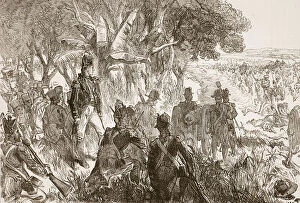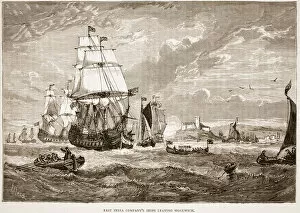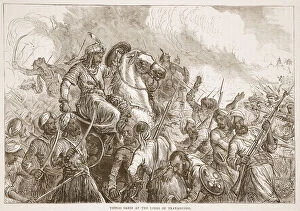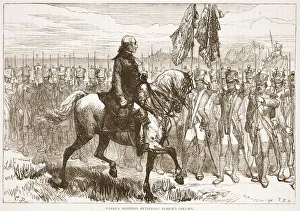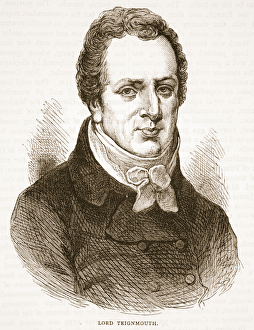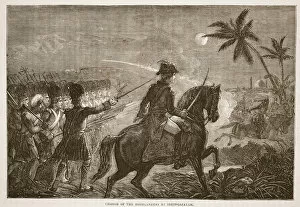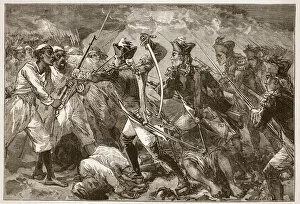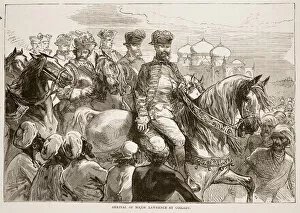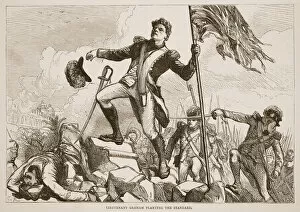History Of India Collection
"The Rich Tapestry of India's History Unveiled
All Professionally Made to Order for Quick Shipping
"The Rich Tapestry of India's History Unveiled: A Glimpse into the Pages of Cassell's Illustrated History" Step back in time and immerse yourself in the captivating history of India, as depicted through a series of stunning illustrations from Cassell's Illustrated History. From pivotal battles to colonial rule, these visual narratives offer a glimpse into the nation's past. One such illustration transports us to the Battle of Assaye, where we witness the strategic plan that shaped its outcome. The bravery and tenacity displayed by both sides are palpable even on paper. Similarly, Clive departing from India signifies an end to an era while leaving behind a legacy that would forever impact Indian history. The Sepoys at Buxar stand united against foreign forces, showcasing their unwavering loyalty towards their homeland. Meanwhile, Clive at Plassey captures a defining moment when British influence began to take root in India through diplomacy and military prowess. As East India Company ships depart Woolwich, we witness the beginning of an era marked by trade dominance and territorial expansion. Colonel Maitland at Bhurtpore showcases another chapter wherein British forces faced formidable resistance but ultimately emerged victorious. Intriguingly, Tippoo Sahib at Travancore reveals tensions between native rulers and imperial powers during this period. Warren Hastings reviewing Pearse's column highlights administrative reforms undertaken by British officials striving for efficient governance. General Goddard entering Surat symbolizes yet another conquest achieved under British command while Duel between Warren Hastings and Francis reflects internal conflicts within colonial administration itself. Delving deeper into military strategies, Plan of attack on Sholapore illustrates meticulous planning before engaging in battle—a testament to tactical brilliance employed during those times. Lastly, Sir David Ochterlony conversing with a Ghoorka messenger exemplifies cultural exchanges amidst political negotiations. These illustrations serve as windows into moments etched indelibly upon India's history.




